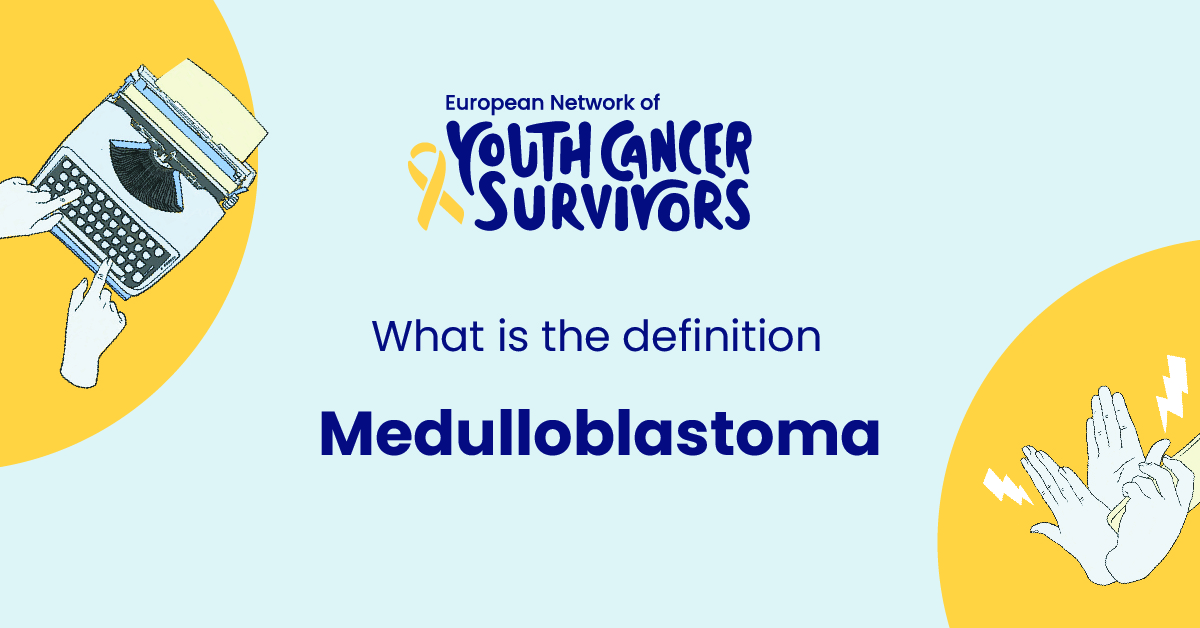
Health is an essential aspect of human life, deserving utmost attention, and understanding. An important part of this understanding is knowing about various health conditions, including cancers such as Medulloblastoma, a cancer that predominantly affects the pediatric population. This article aims to shed light on Medulloblastoma, from its definition, symptoms, and diagnoses to treatment and future research possibilities.
Defining Medulloblastoma
Thus, what is Medulloblastoma? It is a fast-growing, high-grade tumor, usually originating in the cerebellum – the part of the brain situated in the lower back portion, primarily responsible for motor control and coordination. Despite its prevalent occurrence in childhood, it can occasionally affect adults as well.
Its aggressive nature implicates prompt treatment to prevent metastasis, i.e., cancer spread to other parts of the nervous system or the body. This distinct characteristic influences the approach needed to manage this cancer, contributing to its uniqueness in oncology.
Risk Factors and Causes
Like many other cancers, Medulloblastoma results from genetic mutations generating abnormal cell proliferation. Both genetic and environmental factors can contribute to these mutations. Among genetic factors are certain inherited conditions such as Gorlin’s syndrome, Li-Fraumeni syndrome, or Turcot’s syndrome.
Environmental factors play a role, too. However, the exact environmental triggers remain largely unknown. Some studies suggest exposure to radiation might influence Medulloblastoma development, but clear demographic or occupational risk factors have not been definitively established.
Diagnosis of Medulloblastoma
Early signs of Medulloblastoma often relate to increased intracranial pressure and can include persistent headaches, nausea, vomiting, fatigue, and problems with balance or coordination.
To confirm the diagnosis, physicians primarily use imaging tests like MRI or CT scan, to demonstrate the tumor’s location and extent. Tissue sampling through biopsy provides additional diagnostic certainty by revealing the tumor type and grade.
Stages of Medulloblastoma
Several factors determine Medulloblastoma’s stage, including tumor size, spread within the brain or spinal cord, or metastasis to other body parts. Higher staging correlates with a worse prognosis.
The better the stage and health condition at diagnosis time, the better the prognosis. Modern therapeutical options can lead to a survival rate of around 70 – 80% with early-stage disease.
Treatment and Management of Medulloblastoma
Treatment strategies for Medulloblastoma depend on the patient’s age, tumor stage, and overall health status. Surgery is the first-line treatment, aiming for the maximum possible tumor removal. Following surgery, radiation therapy, and chemotherapy often keep microscopic disease under control and prevent recurrence.
Equally important is the after-care management, as therapy side effects like cognitive delay or hormone dysregulation can significantly affect the patient’s quality of life. Regular follow-ups to assess neurological function, growth, and development are indispensable for holistic patient care.
Medulloblastoma in Children vs. Adults
Although generally pediatric disease, adult occurrences are not unheard of. The presentations, therapeutic approaches, and prognoses can significantly differ between these two groups. Children may present with more non-specific signs like lethargy or behavioral change, whereas adults often have more localized neurological deficits. Moreover, adults typically have worse outcomes, attributed primarily to delayed diagnosis and comorbidity presence.
Get to know us better
If you are reading this, you are in the right place – we do not care who you are and what you do, press the button and follow discussions live

Future of Medulloblastoma Research
Given the disease’s complexity and severity, numerous research projects aim to unravel Medulloblastoma’s intricacies. Current research emphasizes understanding the disease’s molecular biology, leading to several breakthroughs in personalized medicine and targeted therapy strategies. Future research promises hope for more efficient disease management, extending beyond the standard surgical intervention and chemotherapy.
Conclusion
In conclusion, Medulloblastoma, while a serious health condition, can be managed efficiently with prompt diagnosis and the right treatment strategies. Continuous research provides hope for more advanced treatment strategies, emphasizing the importance of knowledge and awareness around this disease.
FAQ Section
- What are the initial symptoms of Medulloblastoma?
Initial symptoms often relate to increased pressure within the brain – headache, nausea, vomiting, fatigue, or balance, and coordination problems.
- How is Medulloblastoma diagnosed?
Diagnosis typically involves imaging studies like an MRI or CT scan, followed by a confirmatory tissue biopsy.
- What are the treatment options for Medulloblastoma?
Treatment usually includes surgical intervention, followed by radiation therapy and chemotherapy.
- How does Medulloblastoma affect children differently from adults?
Children generally present with more non-specific signs and have a better prognosis than adults.
- What advances have been made in Medulloblastoma research?
Advances in understanding the disease’s molecular biology have led to progress in personalized medicine and targeted therapy strategies.

















Comments
Thank you. Comment sent for approval.
Something is wrong, try again later